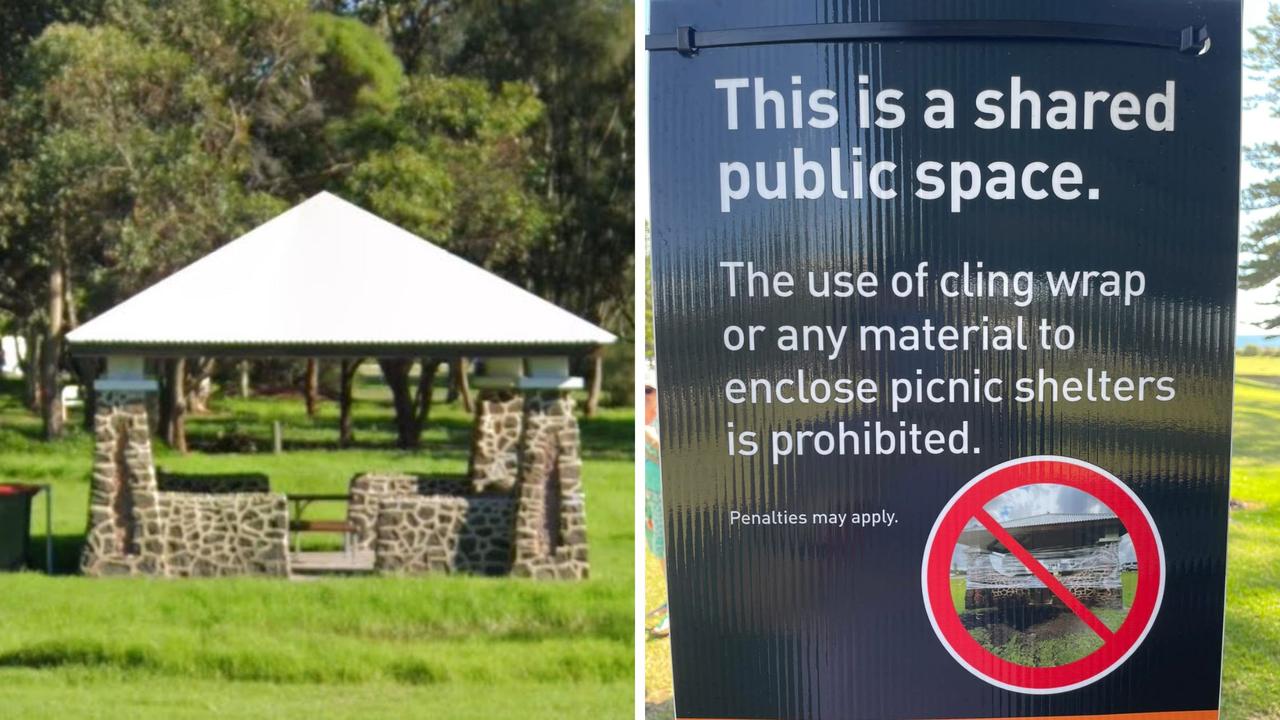Spring Gardening Australia 2022: What to prune, plant and fertilise - cut price not corners
All your enthusiasm to sort out your garden and backyard now it’s spring, or to prepare it for sale, is wasted if you don’t go about it in the right way.

Outdoors
Don't miss out on the headlines from Outdoors. Followed categories will be added to My News.
Spring is a stunning time of the year in any country but for me Australia is the pinnacle.
The weather rejuvenates us, our plants and our beloved lawns that have been in a hibernation state during winter.
The layers of clothing are less and yet it’s not too hot and humid.
The footy finals are on TV and the cricket is starting soon. In the backyard or garden, this is the time for new beginnings. Spring is here. Are you garden ready?
Our gardens and lawns have been in a winter slumber and the weeds have taken over.
The turf is not the emerald green that would be the envy of neighbours.
The list of jobs around the house is spilling onto a second page. My first piece of advice: don’t panic. Now is the time to get started and tick those tasks off your list. Spring into action with these tips.
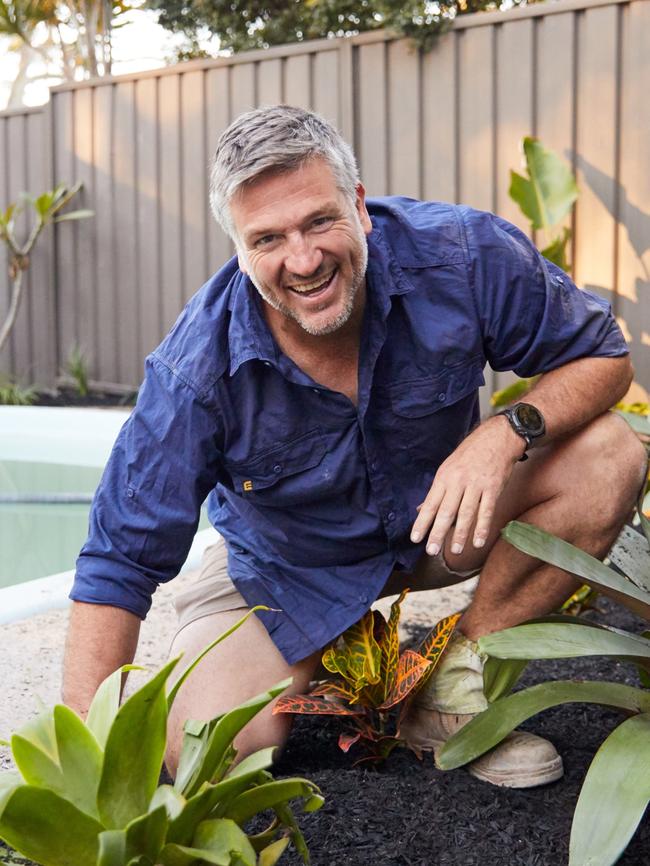
SPRING GARDENING AUSTRALIA GUIDE
Garden tools:
These bad boys may not have seen much action over the last few months so they will need to be primed for the onslaught ahead.
If you had been diligent in the lead up to winter you would have given them a quick oil up before their dormant period in the shed. At the very least give them a quick clean and wipe over, add some oil to any moving parts including your shovel handles and you should be ready for action.
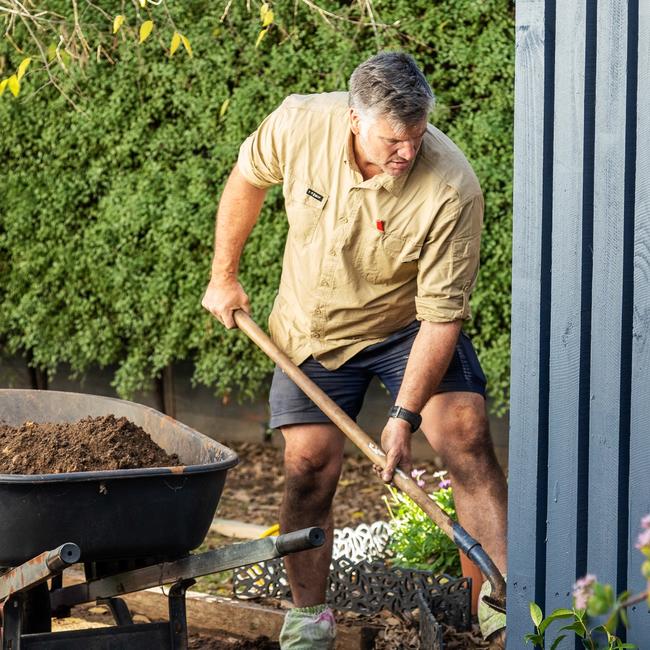
Pruning/Weeding:
Remove any flowers that are starting to discolour, trim any damaged branches and dead foliage from all your plants. Ensure your secateurs or loppers are sharp and clean. This will ensure the area that you have cut will be less likely to become diseased. Wipe your blades and clean your tools after each use. This will ensure they remain in top condition for the entire season.
We have had a wet winter, not ideal for us but for the weeds it has been like the perfect scenario, but it is not all bad news. Soil that is still saturated and soft, makes pulling weeds much easier. I personally like to hand pull my weeds; some like to spray them. Call me crazy but I find the process of pulling weeds therapeutic.
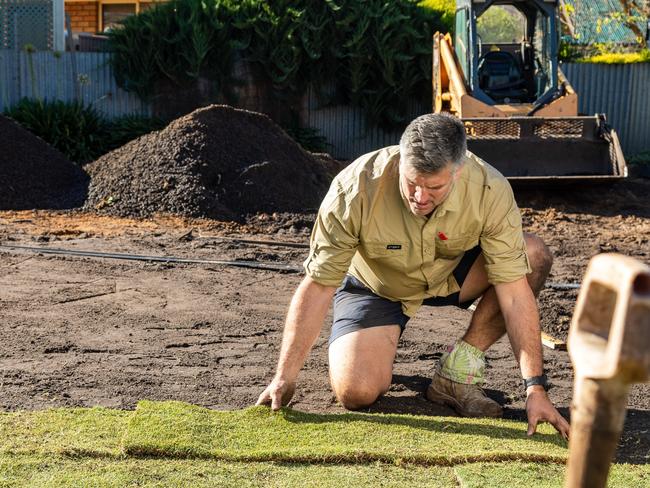
It gives me a chance to sit in the glorious sun and strategize which job I will attack next. Hand pulling weeds also ensures you get them roots and all, in my eyes giving you the best result preventing future growth. There are some great organic chemicals available also if you are that way inclined. For the ultra-conservative gardener try boiling water.
Food/Fertilise:
Unlike us, your garden isn’t trying to lose those extra pounds from winter, they are in search of food. Your garden has just spent the winter months working hard to stay healthy. They need a boost of energy. I recommend using a quality multipurpose slow-release fertiliser. Spread this at the recommended rate over your entire garden. After watering or rain this will be absorbed into the soil providing some extra nutrients for the plants and encouraging growth. Spring is a particularly amazing time for citrus plants so ensure you feed them before flowering begins. Use a fertiliser specified for citrus if you can. Essentially a general-purpose fertiliser will work in most situations including my deepest passion – the lawn.
For more details on Spring lawn care stay tuned for an upcoming article in At Home magazine in your Saturday paper.
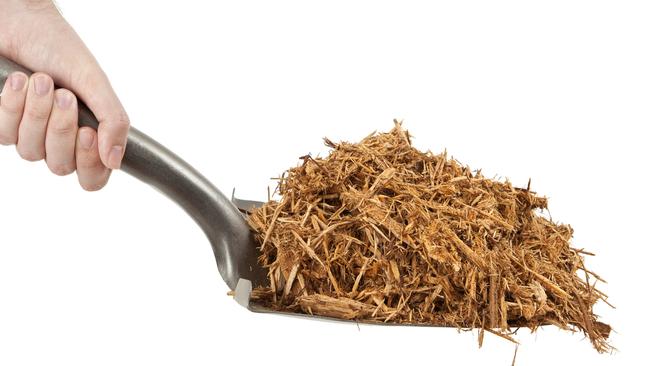
Mulch:
Mulch helps prevent weed growth, provides insulation for your plants from the upcoming heat and it will slowly break down oozing valuable nutrients into the soil for the plants to then absorb systemically through its root system.
To know how much mulch is needed, I recommend covering your entire garden with a 50-75mm depth. Measure the length and the width of your garden getting a m2 figure. Then multiply this by .05 for 50mm or .075 for 75mm and this will give you the cubic metre amount. Try and factor in the plants you have and reduce it to allow for them. When spreading the mulch keep a small distance away from the base of the plant. This will help prevent root rot and disease.
There are so many varieties of mulch on the market, some better than others. Go to your local landscape suppliers and have a chat with them about your garden for the right advice. You want one that will look nice for a good period of time but break down helping the plants.

Plant/Re Pot:
Winter can be hard on your plants; you may have found some did not survive or you may have some that need special attention. Now is the time to decide what has worked and what hasn’t, what to replace and what to persist with.
Remove any plants that you think are too far gone. Leaving them in the garden to become sicker can attract pests and disease. If you love the plant and pine for its revival, remove it from the garden bed and place it in a pot to nurse it back to health.
This is also the perfect time to visit a nursery to go plant shopping. Be careful though because that tingling feeling you get walking into the nursery is a sure sign that your common sense is leaving your body. If you are anything like me, one plant is just never enough.
Before purchasing a new plant consider why the previous ones failed. Were they in the wrong location? Lack of light and climate conditions can all be reasons for a plant to fail. Your new plant will need to take into account all these things to ensure you are spending your money wisely.
When buying a plant make sure it is one you like. You don’t have to follow the latest trends, it’s your garden so do it your way. Your local nursery will be happy to help with advice.
Give any potted plants a little triage. If you have some not looking great, give them some initial love and see their response. If they don’t respond well, they may need to be up-potted. Some plants can become restricted in a pot. Giving them a new home or larger pot size will allow them to spread their wings and flourish. Use a quality potting mix and ensure they have some food to eat with a sprinkle of slow-release fertiliser during the potting process.
Spring Colour
NSW and Vic:
Petunias
Marigold
Geraniums
Snap Dragons
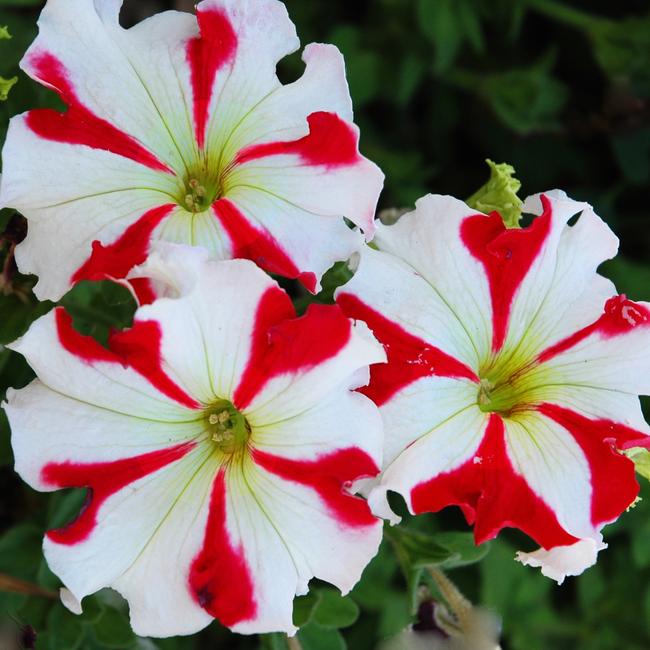
QLD:
Gardenias
Jasmine
Bougainvillea
Azaleas
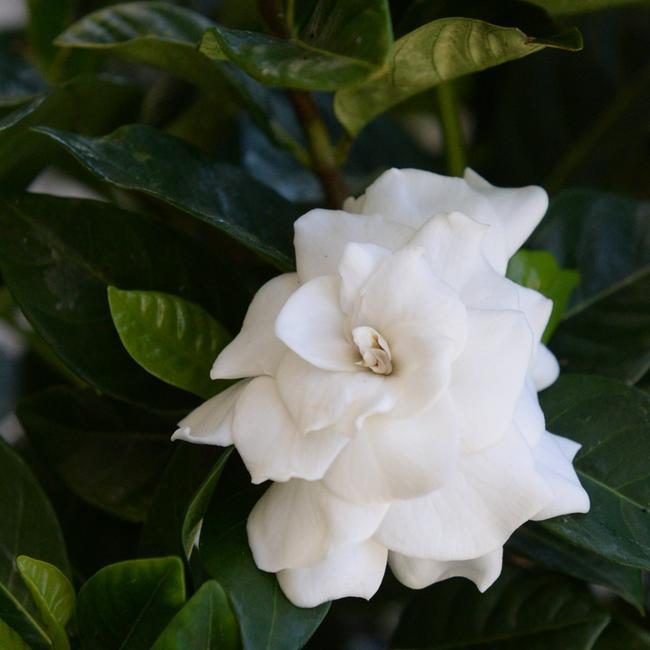
SA:
Coleus
Sunflower
Salvia
Impatiens

WA:
Kangaroo Paw
Azaleas
Chrysanthemums
Gazania
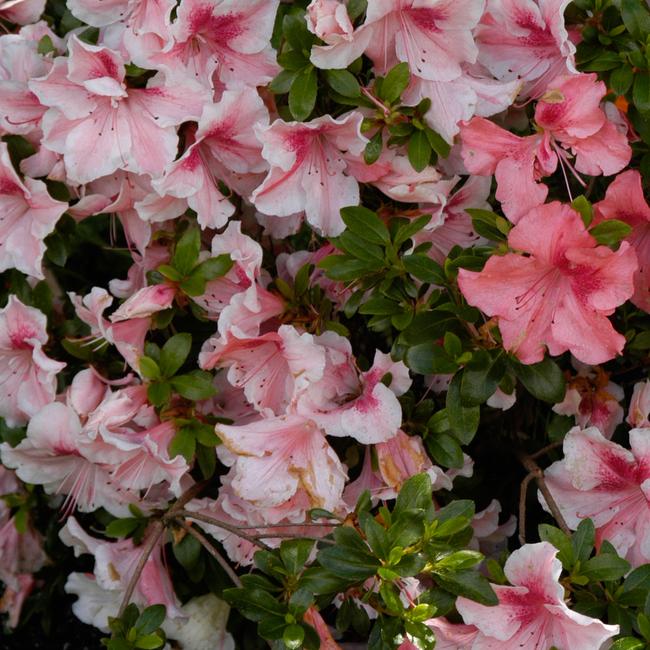
NT:
Alpinia
Kangaroo paw
Orchids
Canna’s
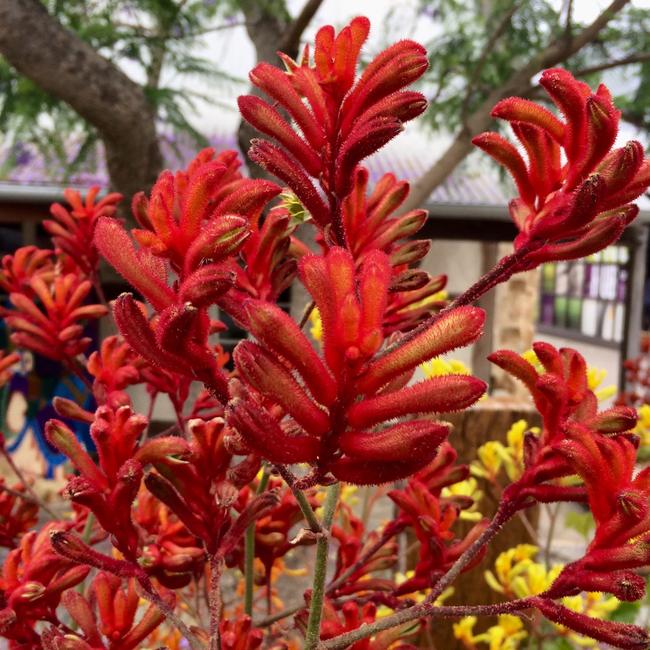
ACT:
Agapanthus
Aloe
Alternanthera
Callistemon
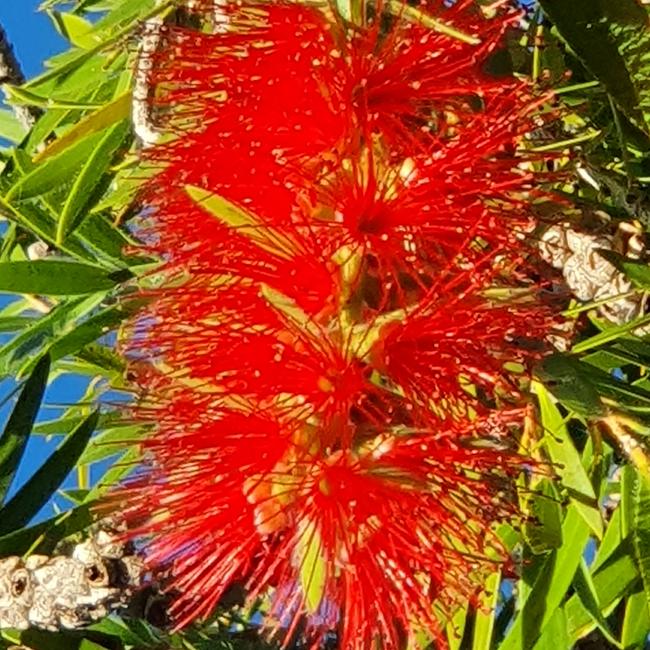
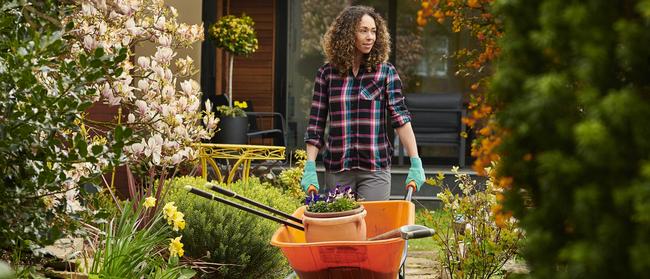
Once the above jobs have been completed in the garden sadly the list doesn’t end. You see Spring is not only the best season for garden works but it also suits the maintenance jobs that have been slowly adding up. Write your list and tick them off. Below are a few cheeky extras I would suggest while you are on the move and motivated.
Spring Time Jobs Around the House:
*Service your garden power equipment
*Clean downpipes and drains
*Pressure wash driveways/paths/decks
*Repair outdoor furniture
*Fix cracked and flaking paint
*Repair leaking taps
*Clean windows outside
*De clutter the shed/garage
*Do a trip to the tip or local charity bins with clutter from spring clean.
Commitment has its rewards. Spring is my favourite time of the year for a very good reason. At the end of a hard day’s work you can enjoy a refreshing drink with friends and family. Fire up the BBQ and get the new season festival going because, along with the plumes of BBQ smells, spring is in the air.
Dennis Scott is the co-host and landscape design expert on Selling Houses Australia- available to watch now on Foxtel. He also writes a regular column for At Home magazine.
Originally published as Spring Gardening Australia 2022: What to prune, plant and fertilise - cut price not corners



